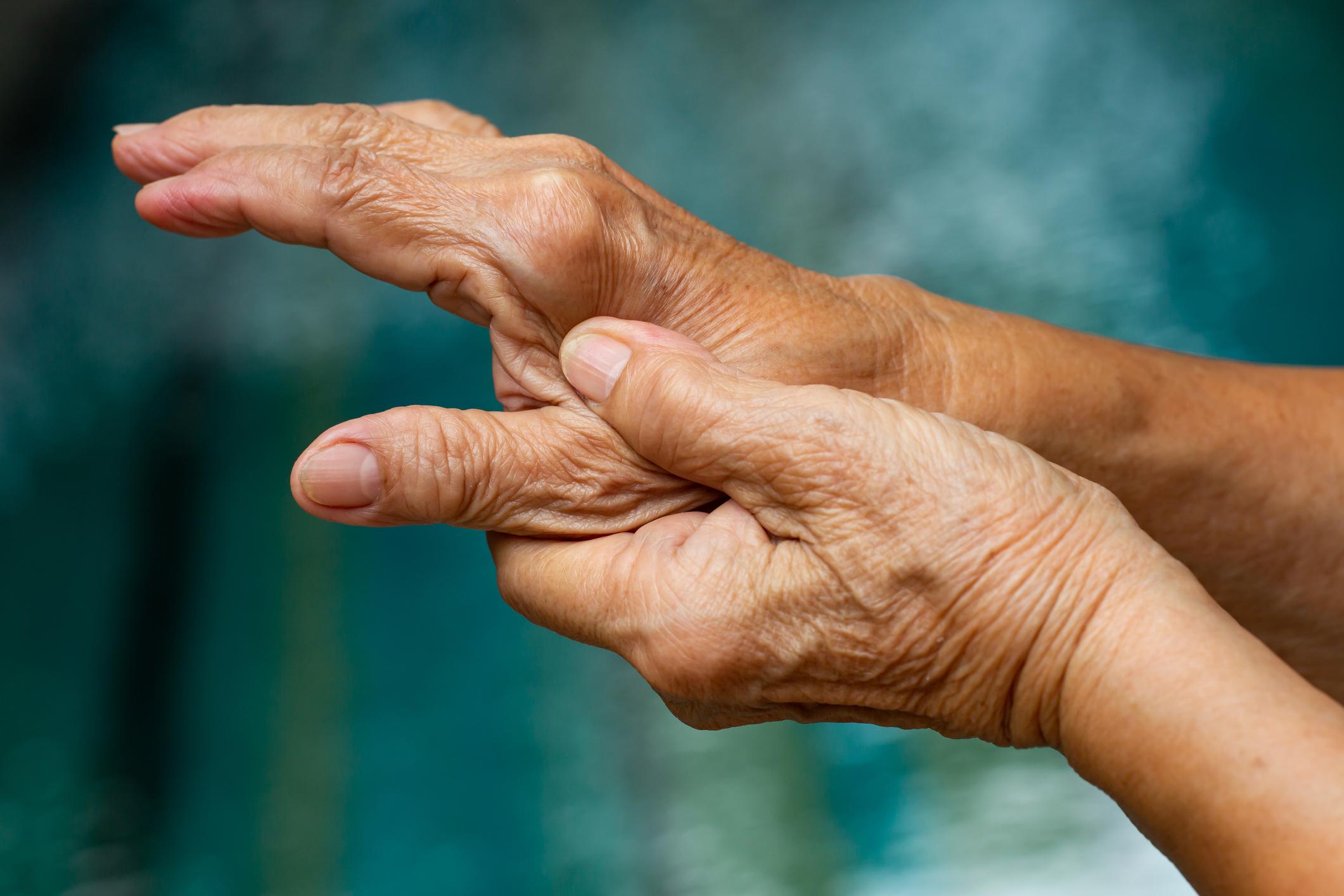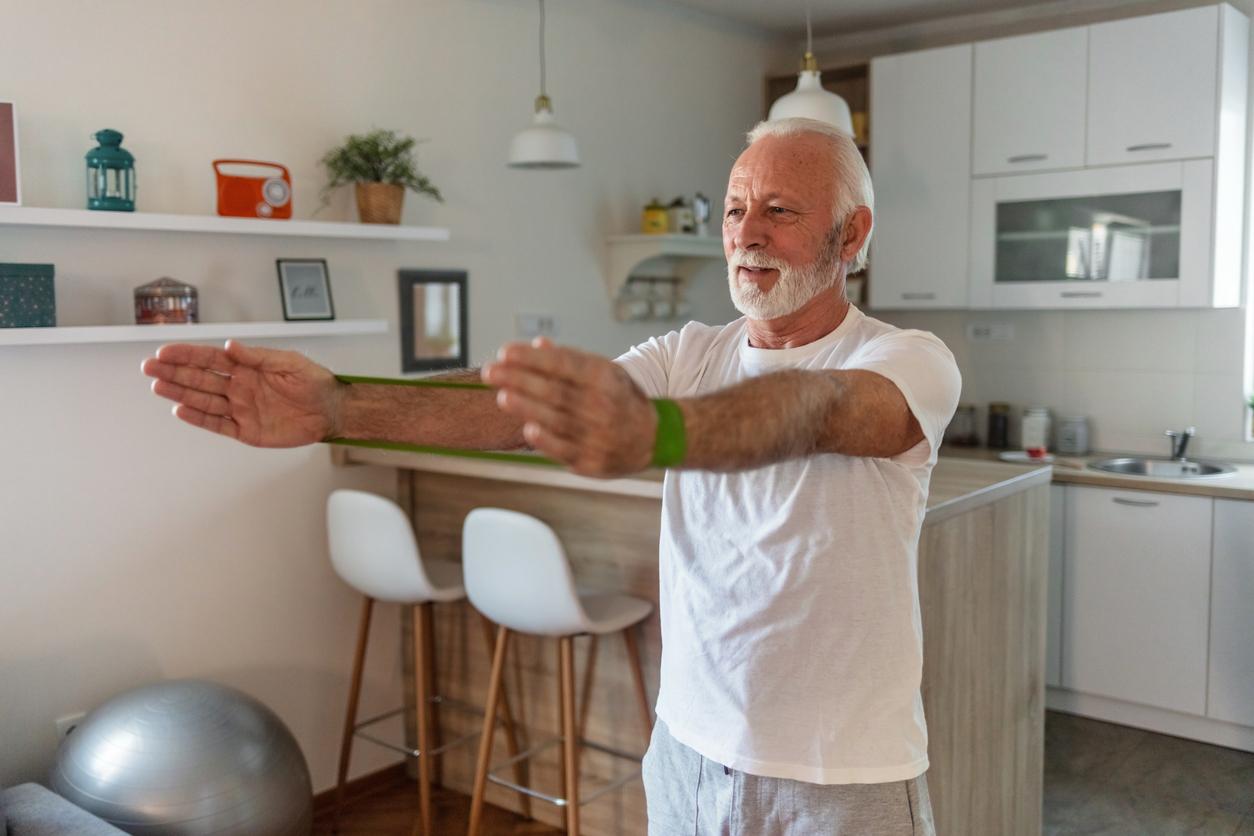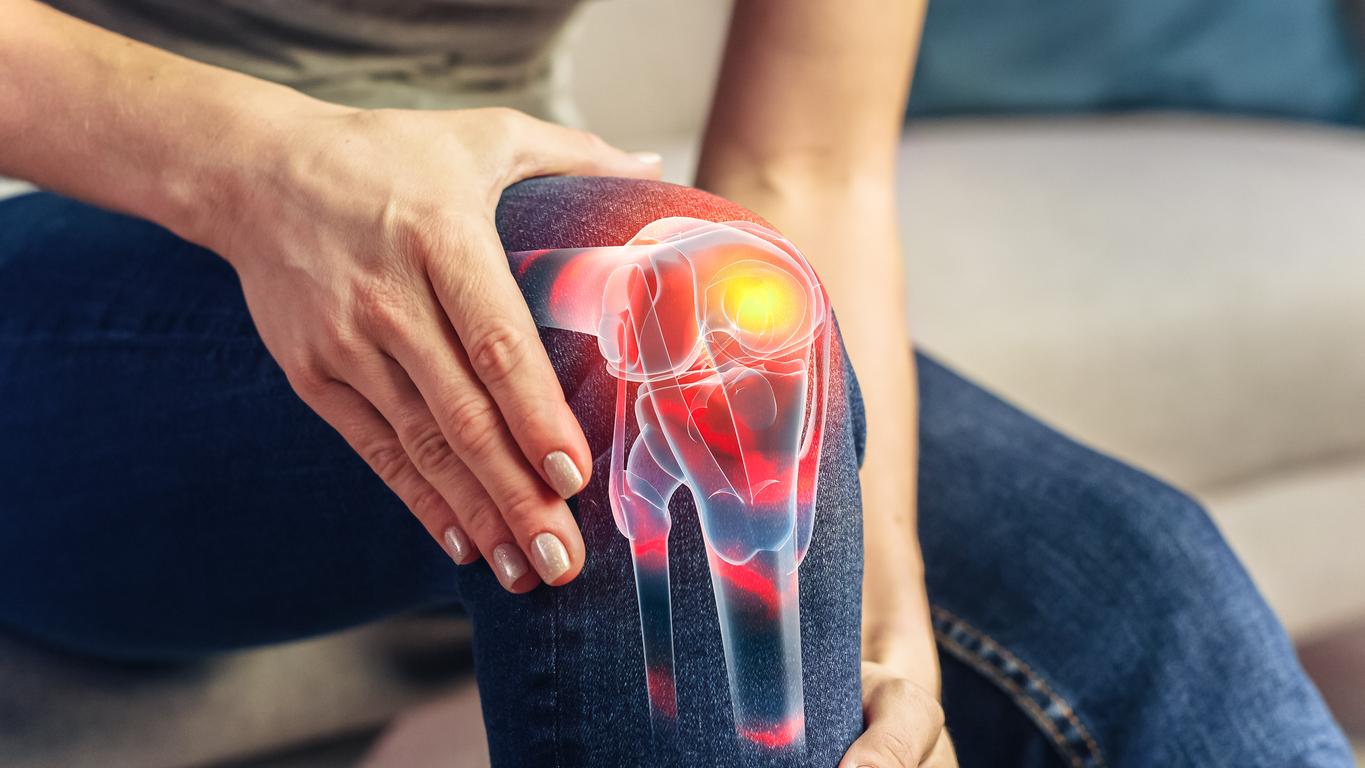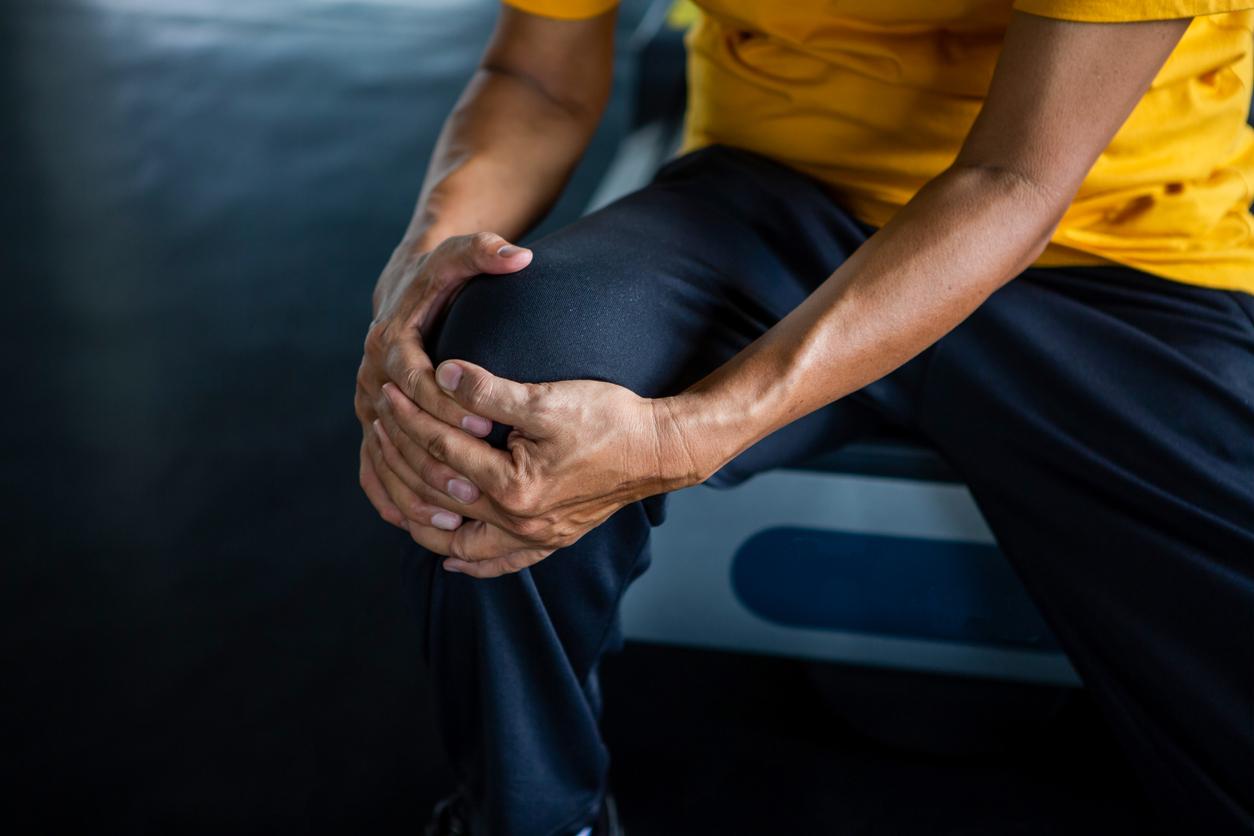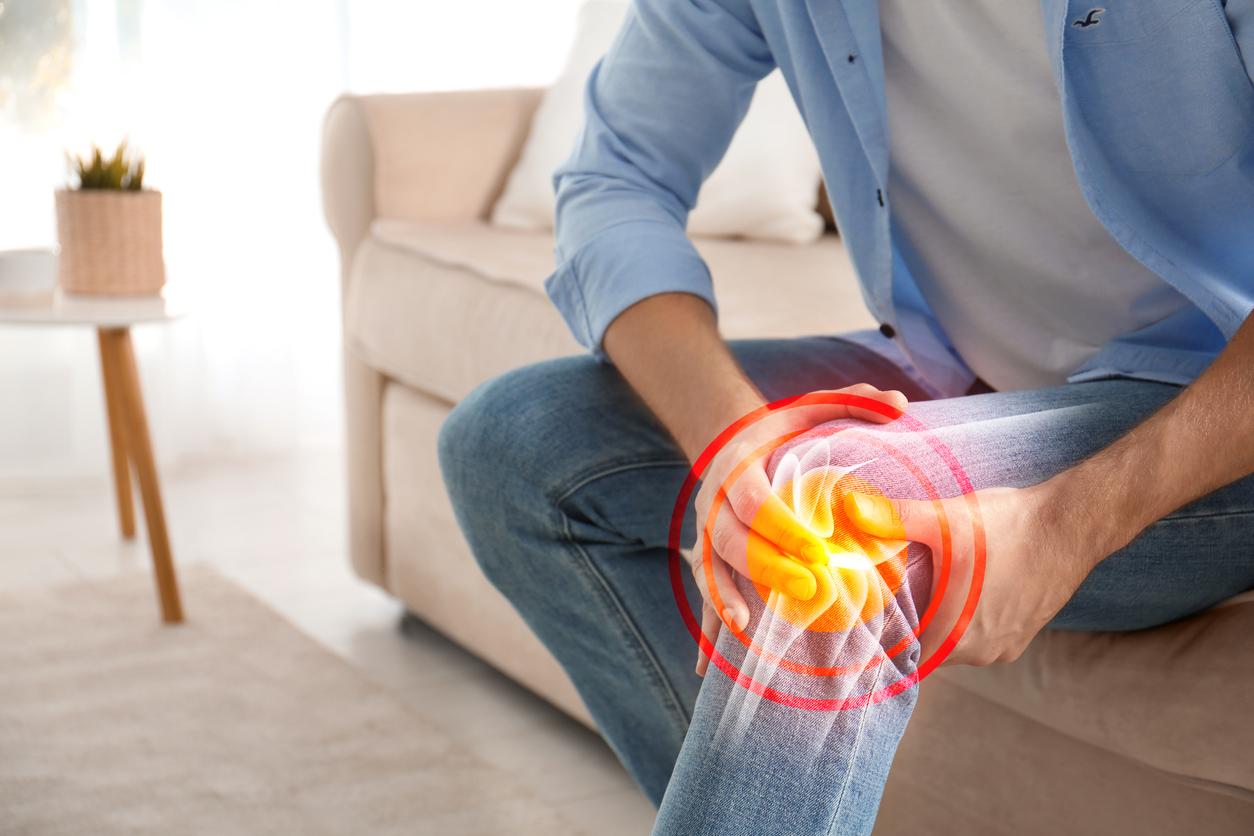No, osteoarthritis is not an “old man’s disease”! In France, nearly half of the 10 million people affected are under 60 years old. And this inflammatory disease of the joints, which gradually destroys the cartilage, is the first cause of disability after… 40 years, reveals the French Association for the fight against rheumatism (Aflar).
The most common joint disease
Osteoarthritis is the most common joint disease. It results in a destruction of the cartilage which extends to all the structures of the joint, in particular to the bone and to the synovial tissue. Cartilage lines the bony ends of a joint, allowing them to slide past each other. In osteoarthritis, it loses thickness, cracks and eventually disappears. This leads to pain and major disability with loss of mobility.
“A source of degradation in the quality of life, osteoarthritis has been on the increase for several decades”, explains Professor François Rannou, rehabilitation doctor and rheumatologist at Cochin Hospital. In France, forecasts indicate an alarming upward trend: 23% of the population will be reached in 2030.
>> What favors it? The lengthening of life expectancy, but above all overweight and obesity, in particular for osteoarthritis of the knee. And badly treated injuries (sprains, fractures, etc.), due to more leisure sports than before. Hence the importance of treating them well.
Hereditary and hormonal factors also play a role, as in osteoarthritis of the fingers, which mainly affects women at menopause. Knee, hip, vertebrae, but also feet, shoulders… The areas affected vary according to age and sex. The disease can evolve differently from one person to another, by slow or acute attacks which destroy the cartilage more or less quickly
>> Osteoarthritis cannot be cured. This joint pathology is treated effectively, but cannot be cured. “In isolation, no solution is miraculous, it is their combination that makes the difference, insists Professor Rannou. By combining drug and non-drug treatments, weight loss and adapted lifestyle, we can really relieve pain and slow down the evolution of the disease. “One thing is certain: the earlier we take care of it, the better we preserve our joints…
In video: 5 misconceptions about osteoarthritis
Possible treatments for osteoarthritis
>> Non-drug approaches :uphysical activity, such as cycling, swimming or walking, helps strengthen muscles and loosen up painful joints. For example, strengthening the thigh muscles (quadriceps and hamstrings) stabilizes the knee joint and helps make it more resistant to movement. On the other hand, it is necessary to avoid sports with impacts or pivot, such as tennis or rugby. In case of overweight or obesity, losing a few pounds is also essential. Shock-absorbing orthopedic insoles can relieve the joint. Your doctor can also prescribe rehabilitation sessions carried out by a physiotherapist or hydrotherapy treatments.
>> Drug treatments: “Paracetamol is no longer used because it has too limited an effect and an unfavorable benefit-risk balance. Anti-inflammatories (NSAIDs) work well, but they should be taken for as little time as possible and at the lowest dose. They are used in times of crisis, in tablets and/or cream, to relieve pain and reduce inflammation. They must be chosen according to the patient’s comorbidities (renal, cardiovascular and digestive), “underlines Professor Rannou.
>> Slow-acting anti-arthritics (AASAL): the best known are chondroitin and glucosamine. Of moderate efficacy, they must be taken over the long term. However, they are not to be neglected, because many patients see their painful flare-ups reduced and their quality of life improved.
>> Injections of hyaluronic acid: their purpose is to lubricate the joint, usually the knee. Again, the effect remains moderate, but some patients report seeing relief, which persists for more than 6 months (they are no longer reimbursed). Injections of corticosteroids, powerful anti-inflammatories, act locally on acute inflammation.
How to prevent osteoarthritis?
Practice regular physical activity, eat a balanced diet to avoid overweight and obesity, properly treat joint accidents (ligament injury, fracture, sprain, etc.): here are three reflexes to slow down the development of osteoarthritis. “Joint trauma must be well managed by doctors, especially in young people who are injured on a sports field”, insists our expert. It is also preferable to avoid frequent heavy lifting or repetitive strain injuries. Early detection, based on a clinical examination and an X-ray, allows appropriate treatment to be put in place to preserve the joint and slow down the progression of the disease.
Our expert : Professor François Rannou, rehabilitation doctor and rheumatologist, at the Cochin hospital (AP-HP) in Paris
Read also :
- Osteoarthritis: 5 ways to delay its appearance
- Knee osteoarthritis: 4 joint exercises to regain mobility
- Good everyday gestures when you have osteoarthritis
- Osteoarthritis: 10 ways to relieve pain without medication















